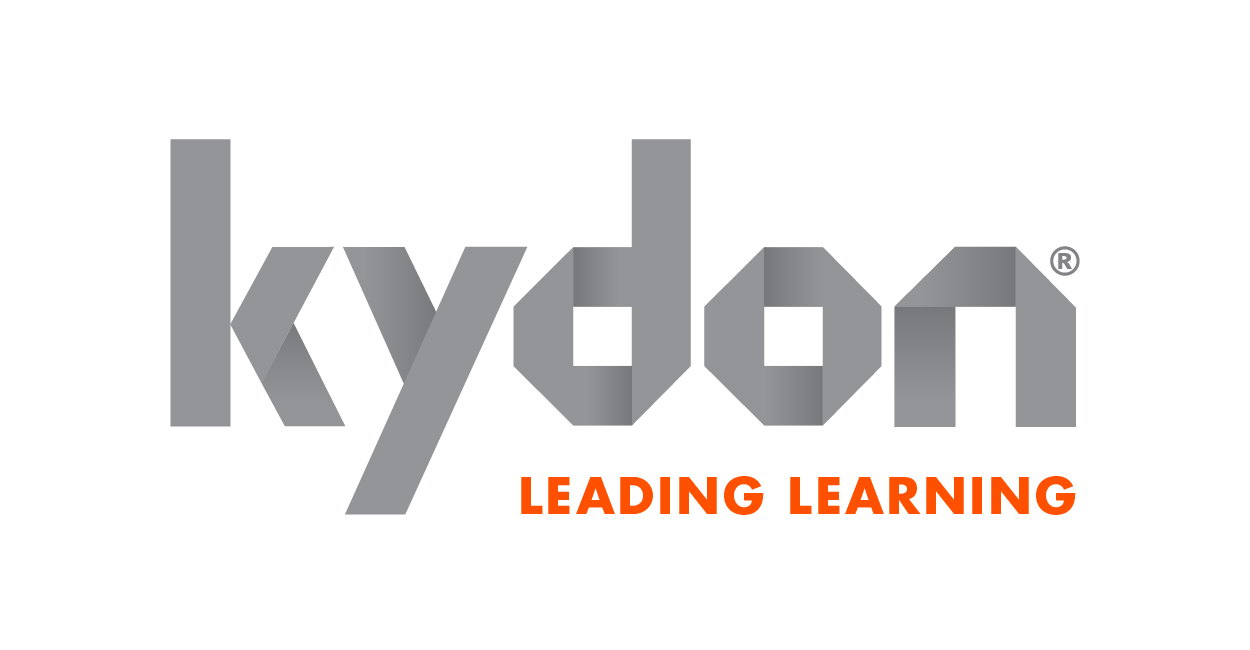Everything You Need To Know About Experiential Learning Online
Since we were young children, we’ve been told to go out into the world and learn from our experiences and often, mistakes. Like the first time, we tried to ride a bike without stabilisers and almost crashed into the road. Or when we tried to swim and almost drowned.
The takeaway word I hang on to here is ‘almost’. Due to the beautiful and frightening mechanics of the brain, these sands of time have become engraved as bittersweet learning experiences. However, you didn’t learn through solely trial and error but also, crucial reflection and feedback.
What Is Experiential Learning?
All three aspects combined define experiential learning. In laymen’s terms, it is learning by relevant practice, reflecting, re-evaluating and re-attempting.
Experiential learning online simulates direct experiences and focused reflections within real-world settings and contexts. With reference to Psychologist David Kolb’s theory of experiential learning, the online application should take a holistic approach to encompass cognition, environmental factors and emotions to influence the learning process.
How Can Online Learning Support Experiential Learning?
Improves Employee Engagement
Research suggests that experiential learning online can also promote employee engagement. An interesting online experiential learning game is Lifesaver, created by The Resuscitation Council to help people understand how to perform CPR. The game-in-a-film uses realistic diverging character storylines, appropriately timed countdowns, and suspenseful atmospheric music. Capturing the holistic approach mentioned above stylistically.
Dr. Joyce Yeung et al. conducted a study based on this approach. She compared the effect of Lifesaver training only versus face-to-face (F2F) training only. Results found that use of Lifesaver only by schoolchildren lead to comparable learning outcomes for several key elements of successful CPR.
Supports Repeated Learning Attempts
More than often it takes several attempts to reach the right decision. Kolb’s theory of experiential learning suggests that knowledge is formed through the transformation of experience. In other words, if at first, you don’t succeed, try, try and try again. Consider it a process. Consequently, spaced repetition enhances memory retention and knowledge understanding. This online approach is particularly useful for those working in high-pressure sectors where the wrong choice can be fatal.
A good example of this is within the humanitarian aid and press sectors. Digital Training Solutions produced an experiential online learning platform that simulates HEAT training for disaster response teams and journalists operating in hostile environments. Learners are tasked with interacting at critical moments called decision points. They must make their way through branching scenarios by selecting one choice from multiple. If they select the wrong option, they are immersed in the consequence and provided with instant rationale. Depending on the severity of their actions, they are redirected automatically to have another attempt.
Simulation-based learning as a form of experiential learning also supports the ‘test then tell’ principle.
Provides A Safe Space For Learners
We’re all familiar with failure. Sometimes, making the wrong decision can be embarrassing or even worse, it can put us in dangerous or toxic situations. By bringing experiential learning online, you are allowing the learner to fail repeatedly in their own privacy. Albeit the teacher or employer viewing results, it can prove unhelpful to have to think constantly about how others may judge the decisions we make. With traditional learning, we may have to explain our decisions out loud and this can create concerns of criticism and detract from a positive learning experience. According to privacy and security blog, PrivacyMatters, the watchful eye can be disruptive to learning through exploration and thus, a safe space for learning online holds the trump card.
Promotes A Shared Learning Culture
Getting to grips and transforming the experience doesn’t necessarily need to be a lonesome mission. The ‘reflecting’ stage of Kolb’s experiential learning cycle is the perfect chance to learn from others. Bringing experiential learning online enables the opportunity to implement tracked user performance profiles, leaderboards, and social forums, which are all elements of gamification. It’s during this stage that we ponder experiences to successfully learn what went well and which areas need improvement.
Additionally, experiential learning online enables learning providers to create courses for large volumes of learners, relevant to the learning objectives. This provides standardisation across the board.
Saves Time, Money And Resources
An increasing number of businesses are taking their training online with reports stating that 98% of all companies will utilise eLearning by 2020. When you think about the costs associated with traditional training formats, it makes perfect sense. There’s often the financial burden of hiring a venue or instructor. Sometimes, companies need to continuously hire actors to administer role-play training. Then, there’s travel costs and the booking of accommodation. Last but not least, the loss of productivity during away-from-the office days. Despite training is an investment, you can’t deny that the work will consequently pile up.
Creating experiential learning online often requires a single fee for hiring actors, locations and materials. This is typically the same for booking accommodation and travel expenses. With online learning, you store the information for as long as you require. You may even be able to spruce it up with a reversion. The online package can become an instructor. As a result, the focus is shifted to the learner.
Tech company TargetSolutions created online video-based learning for public safety agencies. Their mission is to help first responders stay safe, prepared and effective. Their training testimonials are exhaustive in highlighting the numerous benefits of experience-based learning, including saving time, resources and money.
Steve Poffenberger, Holy Spirit EMS (Penn.) – formerly known as West Shore EMS said:
“I know for a fact we are saving money by doing it this route. It can be very time-consuming and expensive scheduling Instructor-Led Training. The more we can push out this way, the better.”
Furthermore, learners can easily refer back to important information they need at their own pace. Besides convenience, self-paced learning has been linked to improving ownership and focus too.
Is Experiential Learning Online A Standalone Solution?
It’s a valid question in today’s overly techy world.
The answer is most likely yes. But, the answer alone is not enough.
Training Magazine’s 2017 review of the US L&D market revealed that more than 2/5ths of all training is still instructor-led. However, the reasons given in a follow-up report as to why this was the case seemed to be based around ‘inertia’. Ongoing laziness or disinterest in stepping outside of our comfort zone. Doing something innovative.
Classroom training has been effective in changing attitudes and enabling people to try new skills and approaches in a supportive environment. You should think of experiential learning online as a robust approach to diversifying your current training and eLearning offerings meanwhile delivering the flexibility some learners need.








